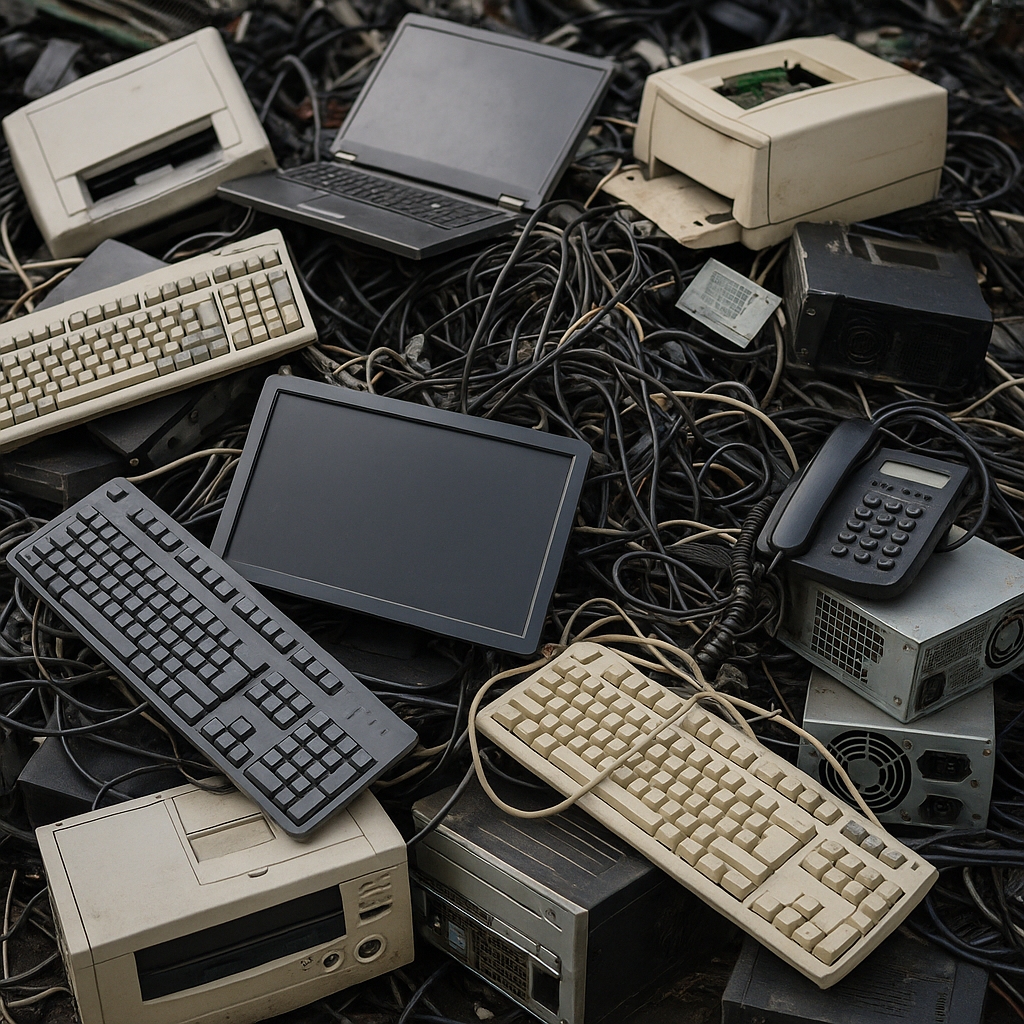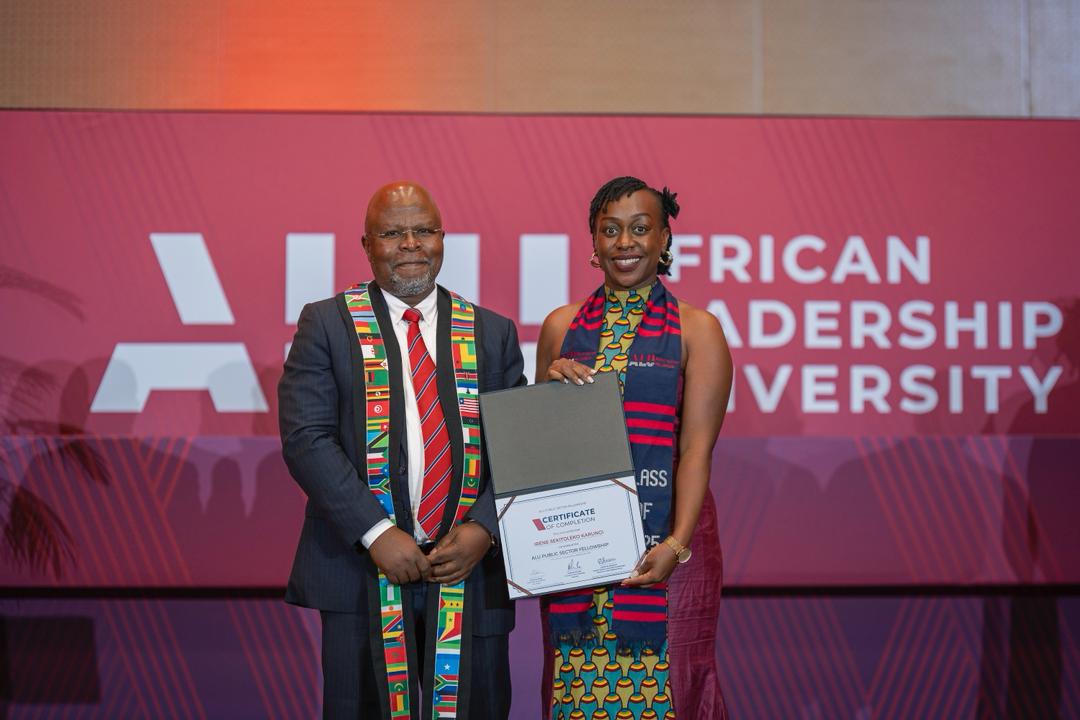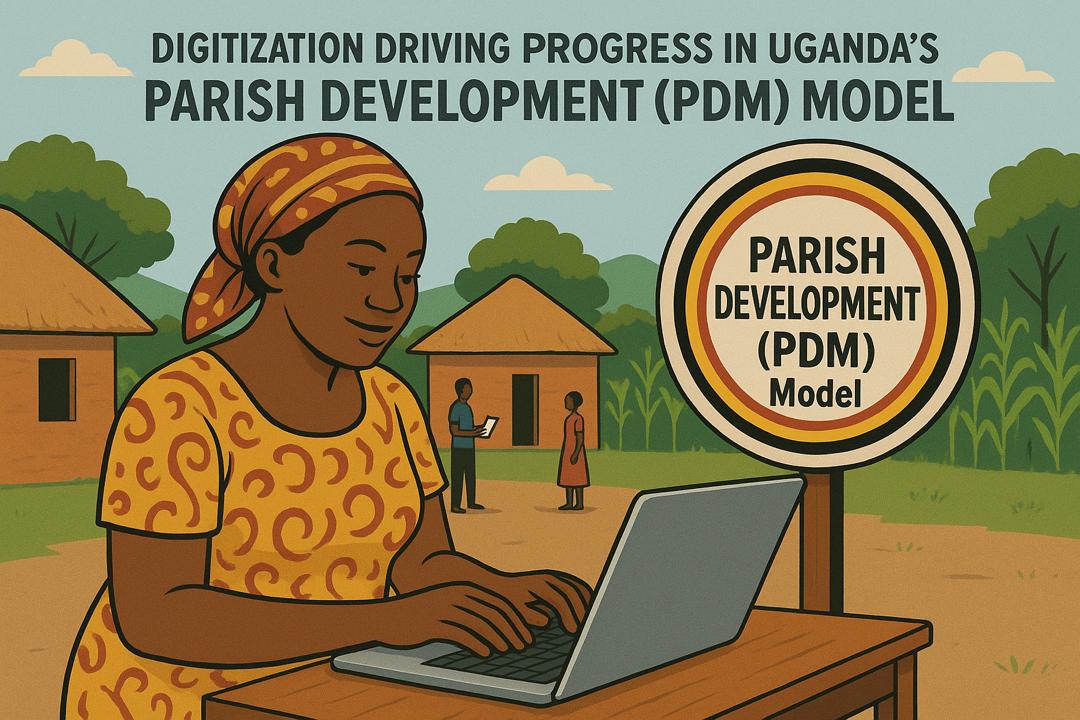Tackling Uganda’s Growing ICT E-Waste Challenge

The Uganda Communications Commission (UCC), in collaboration with the Ministry of ICT and National Guidance, the National Environment Management Authority (NEMA), and the Kampala Capital City Authority (KCCA), launched Uganda’s first-ever pilot project to collect and safely dispose of electronic devices. The six-month initiative targets discarded ICT gadgets, including mobile phones, computers, and chargers, aiming to curb the growing threat of e-waste and promote safer, cleaner communities nationwide.
Speaking at the launch, Dr. Aminah Zawedde, Permanent Secretary of the Ministry of ICT and National Guidance, described the initiative as “a significant step towards a cleaner, safer, and more sustainable Uganda.” She noted that while ICT has transformed lives and created new opportunities, it has also brought the challenge of electronic waste (e-waste), which is often discarded improperly.
The pilot, being implemented across the Greater Kampala Metropolitan Area covering Kampala, Mukono, and Wakiso districts, seeks to establish an efficient e-waste collection and management system, raise public awareness on responsible disposal, and lay the foundation for a sustainable, long-term e-waste management ecosystem.
By transforming how Ugandans handle discarded gadgets, this project signals the country’s commitment to responsible digital growth, ensuring that Uganda’s journey toward innovation and connectivity goes hand in hand with environmental protection and community wellbeing.
As the regulator of Uganda’s communications sector, UCC has a unique vantage point overseeing not only the deployment of ICT infrastructure but also safeguarding its responsible use. For over a decade, UCC, through the Uganda Communications Universal Service and Access Fund (UCUSAF), has supported inclusive digital development programs, distributing thousands of ICT devices, including computers and tablets, to schools, health centres, and local governments. While these efforts have played a pivotal role in bridging the digital divide, many of the devices distributed under these programs are now reaching the end of their life cycle. Yet, there is little evidence that structured end-of-life management was embedded into their initial program design. This gap presents both a challenge and an opportunity: to extend our regulatory oversight beyond access and use to encompass the full lifecycle of ICT devices, including their safe and sustainable disposal. That is precisely what this pilot seeks to address.
Not all waste is created equal. ICT-based e-waste is materially, psychologically, and institutionally different from traditional solid waste or even broader electronic waste streams. From a material standpoint, ICT devices are often compact but extremely complex. A single smartphone contains over 40 different elements, including rare earth metals, lithium, gold, copper, and cobalt, as well as toxic substances such as lead, mercury, and brominated flame retardants. These are not items that can be casually discarded in municipal bins. ICT devices are also data-bearing in some instances, which introduces a significant psychological barrier to disposal. People hold on to phones and laptops not just for spare use, but also because they may still contain private information. Whether it's family photos, passwords, or institutional files, there's a genuine fear about where this data might end up. Then there’s perceived value. Even broken devices are viewed as potentially repairable or resalable. This makes users more likely to hoard, delay disposal, or channel e-waste through informal actors who promise repurposing, often without regard for environmental or data safety.
Globally, the end-of-life cycle of ICT devices often coincides with clear upgrade pathways or product return schemes, particularly in high-income countries. Consumers frequently trade in their old phones when buying new ones or take advantage of manufacturer-led take-back programs. However, in economically constrained environments like Uganda, the narrative is quite different. Here, devices are often used far beyond their intended lifespan, not just out of necessity but because no structured upgrade or Extended Producer Responsibility (EPR) policies exist.
When a device slows down or breaks, it’s rarely viewed as waste. Instead, it’s handed down to a younger sibling, kept as a backup, or sold at a reduced price to someone else who 'just needs WhatsApp and calls.' The average smartphone in Uganda may change hands three or four times before it becomes truly unusable, and even then, it may end up in a drawer, kept for parts or as a sentimental reminder. The idea of 'disposal' is often the last option, not the first. Without formal incentives or infrastructure to encourage safe handover, disposal feels wasteful, even irresponsible.
This efficient reuse culture complicates collection, but it also reveals a powerful truth: any scalable e-waste system in Uganda must be rooted in local realities, not just imported models.
According to the Global E-Waste Monitor (GEM) 2024, the world generated over 62 million tonnes of e-waste in 2023, with ICT devices accounting for a significant portion. Yet only 17.4% of that waste was formally collected and recycled. In developing countries, the rates are even lower. Infrastructure gaps, regulatory fragmentation, the dominance of the informal sector, and low public awareness persist as significant obstacles.
In Uganda, e-waste collection is fragmented and largely informal. Devices are burned, discarded, or disassembled under unsafe conditions, often by informal handlers without proper training or protective gear. This exposes communities to toxic fumes, heavy metals, and data breaches. Moreover, there is currently no national framework that addresses the lifecycle of ICT equipment in an integrated and scalable manner.
The longer we delay structured ICT e-waste collection, the more expensive and socially embedded unsafe practices become. Every device distributed, especially under well-meaning government or donor ICT programs, eventually returns as a risk if not managed responsibly. This is especially true in Uganda, where initiatives such as UCUSAF have successfully distributed thousands of devices to schools, health centres, and public institutions. Those same devices are now nearing the end of their life cycle.
We cannot allow the gains made in digital inclusion to be undone by environmental regression. Equally, we cannot wait for the perfect legislation or infrastructure. The first step is awareness, the second is action. Even a well-structured pilot can begin to model what a national solution could look like.
One of the most underestimated yet powerful barriers to ICT e-waste management is human behaviour. Why don’t people dispose of devices even when they’re broken? Why do institutions stockpile unused equipment in storerooms? Why are informal recyclers trusted over formal systems? The answers are complex, rooted in concerns about data privacy, sentimental or sunk-cost attachment, a lack of information on proper disposal points, distrust in public systems, and a hope for future use or resale. Behavioral change is not just a communication challenge. It is a design challenge. Systems must be built to reduce friction, address emotional and psychological hesitation, and reframe the act of disposal as a valuable and responsible contribution to a cleaner digital future.
The ICT e-waste pilot project has been intentionally structured to account for these psychosocial and technical complexities. Specialized bins have been fabricated for safe collection, and to encourage ease of disposal, they will be strategically placed near schools, public buildings, and UCUSAF beneficiary sites. We are also rolling out multimedia awareness campaigns through radio, community dialogues, and social media designed to demystify e-waste, address privacy concerns, and promote a culture of safe disposal. The pilot will generate real-time data on disposal behavior, including why people dispose (or don’t), how much they dispose, and which messages shift attitudes. These insights will inform future campaigns and collection models.
To ensure that the project is embedded within existing environmental, urban, and regulatory systems, we have involved NEMA, KCCA, MoICT&NG, Luwero Industries Ltd, and licensed waste handlers. Collected items will be inventoried and tracked using digital tools to enable visibility across the entire value chain, which is useful for policy, compliance, and planning purposes. The implementing partners, TUNN and VAS, were selected due to their experience in general waste handling, their active programs promoting behavioural change, and their networks with informal actors. Furthermore, the data, lessons, and models from this pilot will feed into national e-waste management frameworks, the UCUSAF program design, and potentially future regulatory tools.
The real ambition is not to run a successful pilot, but to use it as a learning lab. What works in Kampala may need tweaking in Mbarara, and what motivates a school ICT officer may differ from what convinces a parent. That is why we have designed a Phase II to extend the model beyond Kampala and Wakiso districts to Western and Northern Uganda. This scaling phase will test adaptability, deepen data collection, and begin laying the groundwork for a national rollout.
The ultimate goal is not just to collect devices, but to develop a system that promotes timely, safe, and voluntary disposal, integrates informal actors into safer practices, mitigates environmental and data risks, and fosters public trust in sustainable ICT systems.


